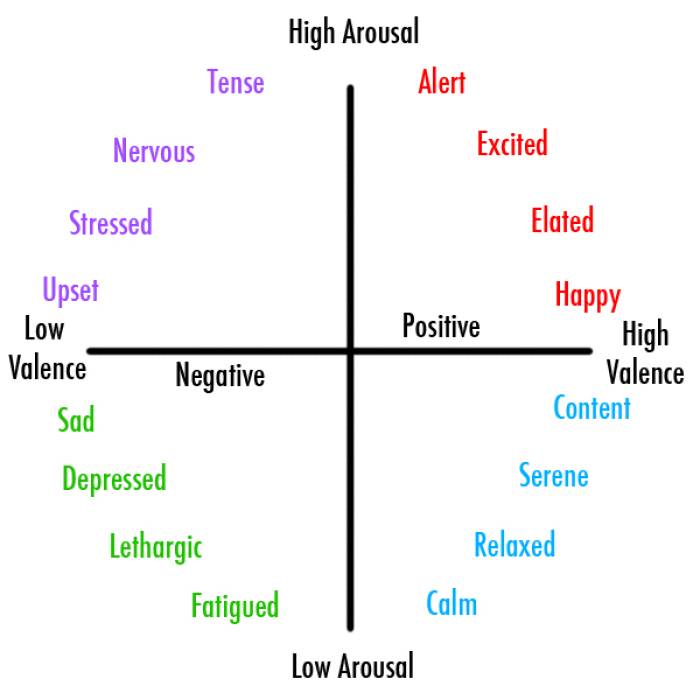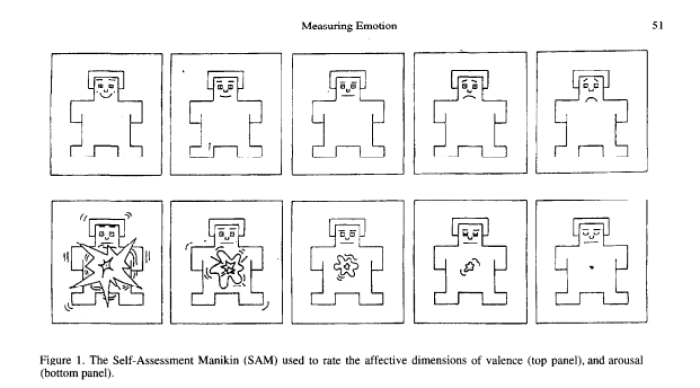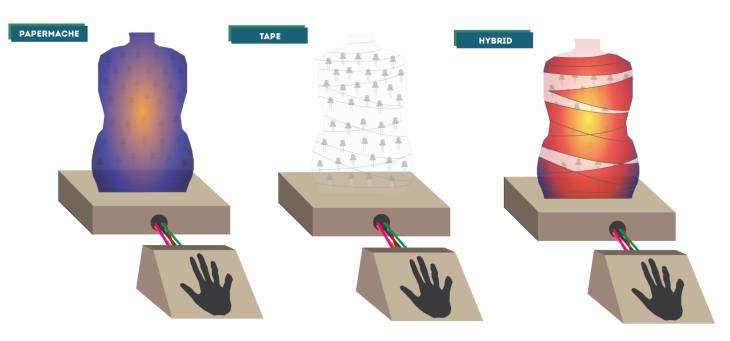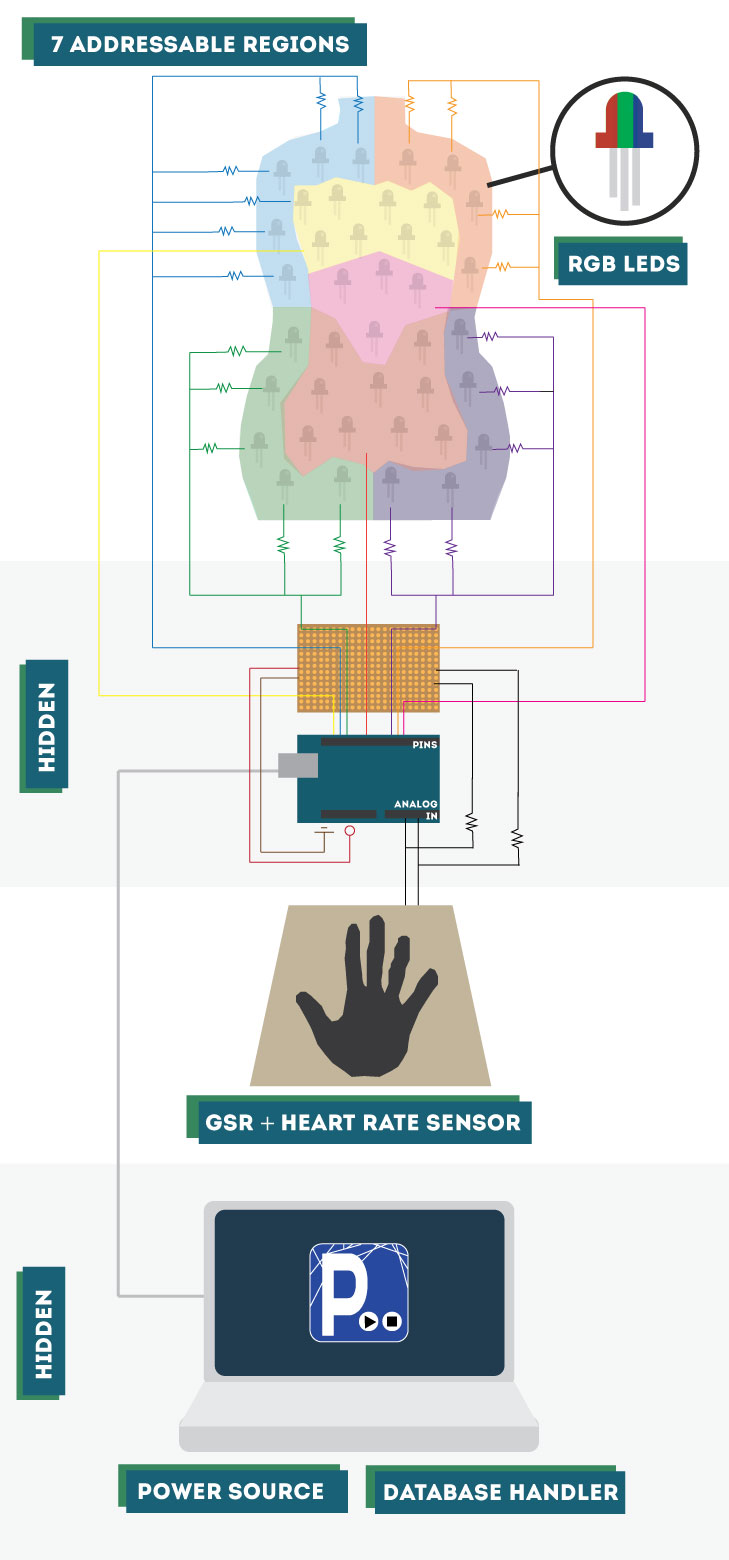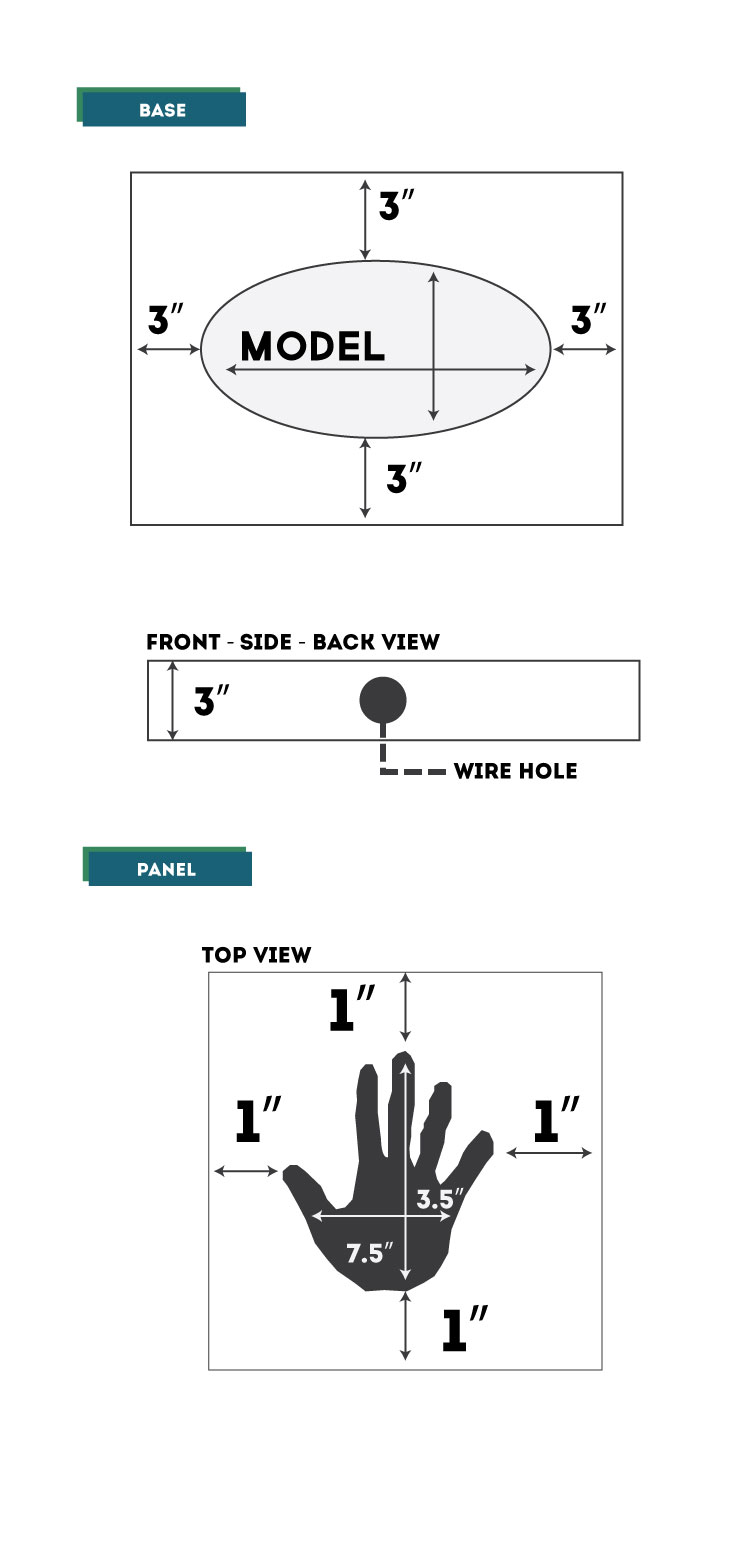This is an old revision of the document!
Table of Contents
SECRET BODY
Prof. Ebrahim Ghafar-Zadeh & Prof. Mark-David Hosale, Course Directors
CREATIVE TEAM
 Enriquez, Denise (Nichie)
Enriquez, Denise (Nichie)
Nichie Enriquez is a fourth-year Digital Media student. She likes Processing, Max/MSP, and data visualization.
Role: Fabrication of the physical models including the circuitry. Data collection.
 King, Dallis
King, Dallis
A 4th year Digital Media student studying at York University. Past work has included working mainly with robotics and data visualization.
Role: Creation of an interface for real-time GSR, pulse, and temperature measurement. Data collection.
 Papazian, Anna
Papazian, Anna
Anna Papazian is a fourth year Digital Media major, who enjoys reading, movies and music while incorporating these passions into her works. Her past works include experimenting with sounds and visuals as well as robotics.
Role: The creation, and management of the database of interaction. Data collection.
 Puder, Samantha
Puder, Samantha
A 4th year Digital Media student at York university. Her past work includes emotions and robotics.
Role: Programming the microcontrollers (Arduinos) to communicate among the models and with the audience for an interactive experience. Data Collection.
PROJECT CONCEPT
The narrative behind our installation is based on all the things people don’t want, or are afraid to talk about, and stories people don’t want to tell. We feel there are great stigmas placed on mental illness, abuse, domestic violence and the like, and our goal is to build a project that breaks those stigmas down and provides an opportunity for people to talk openly about them.
The physical aspects of the project represent physical manifestations of human emotions visualized underneath a clear human container. We will be creating LED sculptures within clear plastic mannequins. In a metaphorical way, the unspoken stories create a barrier, but the emotional trauma and feelings still find a way to shine through the walls created by human beings to protect themselves.
We intend to the make the agents of our interactivity human shaped to express the emotions that humans bottle up inside. We want to encourage people to engage with the models on a deeper level to really get to know them, similar to the way people interact with each other when they first meet. Their choices based on the first impression will help to develop a deeper relationship with the stories being presented.
RESEARCH
The measurement of human emotion is extremely complex. We are attempting to break it down into measurable steps that we can combine to form one cohesive example of emotion to project into our sculptures.
Emotion is most commonly and simply broken down into arousal/valence charts. This chart breaks down human emotion into four sectors, dividing them by a persons arousal and valence scores - with valence referring to the basic emotional state of a person (positive or negative) and arousal referring to the urgency of that basic state
An example arousal/valence chart with example emotions filled in to each sector.
A self assessment chart taken from an experiment to measure emotion. One can see the difference between arousal and valence.1)
Arousal can be measured exclusively with GSR. A high GSR (>25 KOHMS) indicates low arousal while a low GSR (<25 KOHMS) indicates high arousal.
Valence is much more complicated. It can be determined from a combination of heart rate, temperature, self assessment and observation of the subject.
PROJECT OVERVIEW
Overall Image
Project Schematics
METHODOLOGY AND PROGRESS
We want to have 10 models; 5 females and 5 males, each with their own personal backstories. We will express the emotions through physical, visual, and audio components significant to the narrative of our concept, underneath a clear plastic casing. Our fabrication will include LEDs, speakers, and design crafts. To interact with the model, the user will place their hand on a panel relative to the models. These panels will consist of multiple sensors (GSR, pulse and temperature) that input information for which the piece will react to. Using an algorithm, the input gathered from the user’s emotional state will affect the models base state. This is will be the metaphor for real-life human interaction, in which the emotional state of one person affects those around them, either directly or indirectly but not necessarily as a lasting effect. We will have a database for every person who interacts with our piece. It will have a high turnover rate; In the absence of interaction for certain period of time, the model return to its base emotional state, or possibly even worsen in nature. Gaps in interaction also affects the database, and each model will have different characteristics of response based on its backstory.
To determine the base emotional state for each of the ten models, we will measure the GSR, pulse and temperature of chosen participants who have struggled with opprobrium for a verbal, in-person interview. Using these measurements and the Valence-Arousal chart we can present the information as data which we will use in our piece to garner an emotional response. We will also be recording the audio from the interviews, and will use the cut-up technique 2), as the trigger for interaction. We will be using this technique to remix the narrative and have the user experience these stories in that they are able to not only create their own interpretation of the piece, but to also empathize with the emotions that allow for the comprehension and engagement of the narrative, and our interviewees, in a meaningful way. Our implementation of our concepts adds emphasis to the willingness to discover, and be educated in the reality of unspeakable stories, but have a certain degree of power to be an establishing point to their evolution as well.

